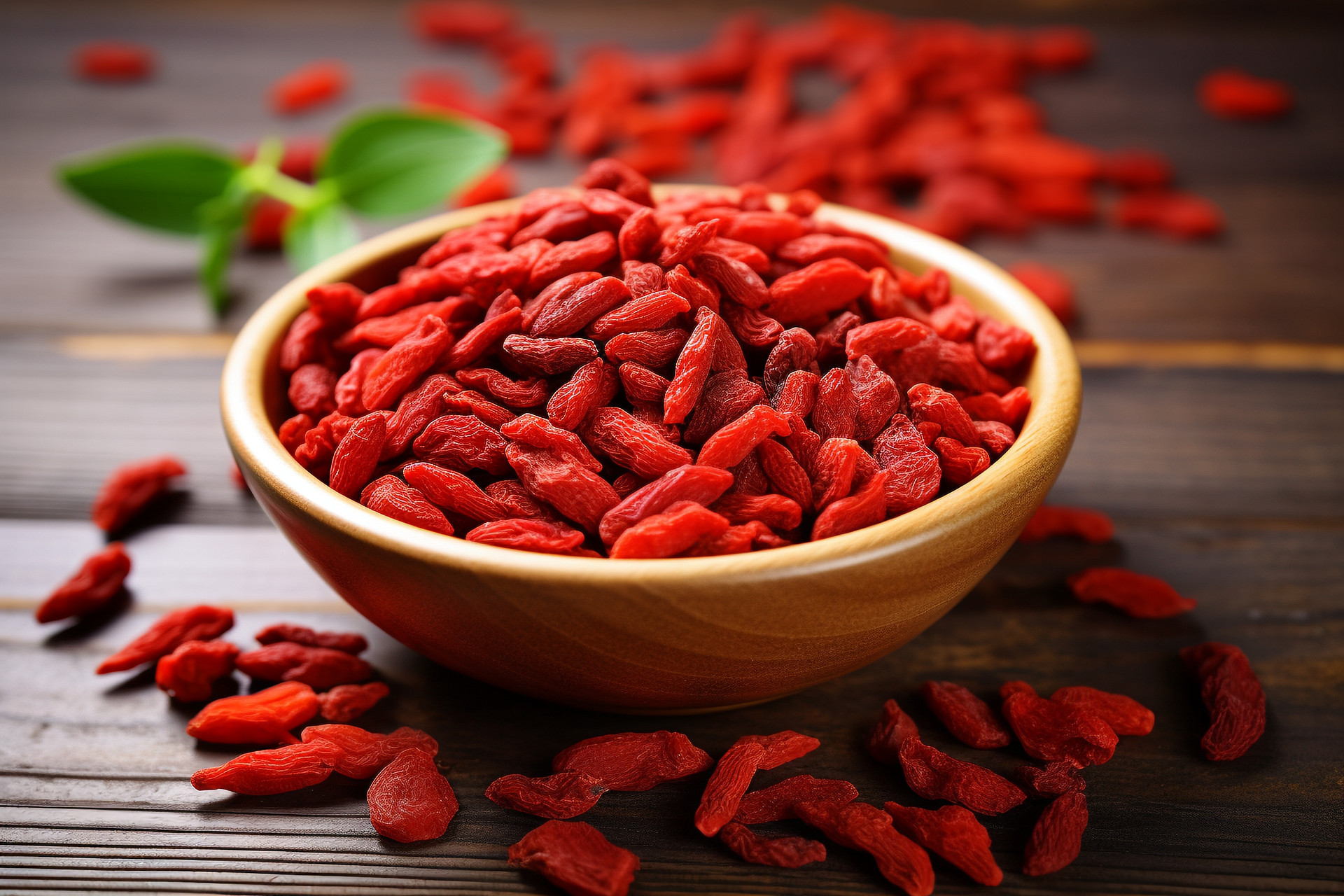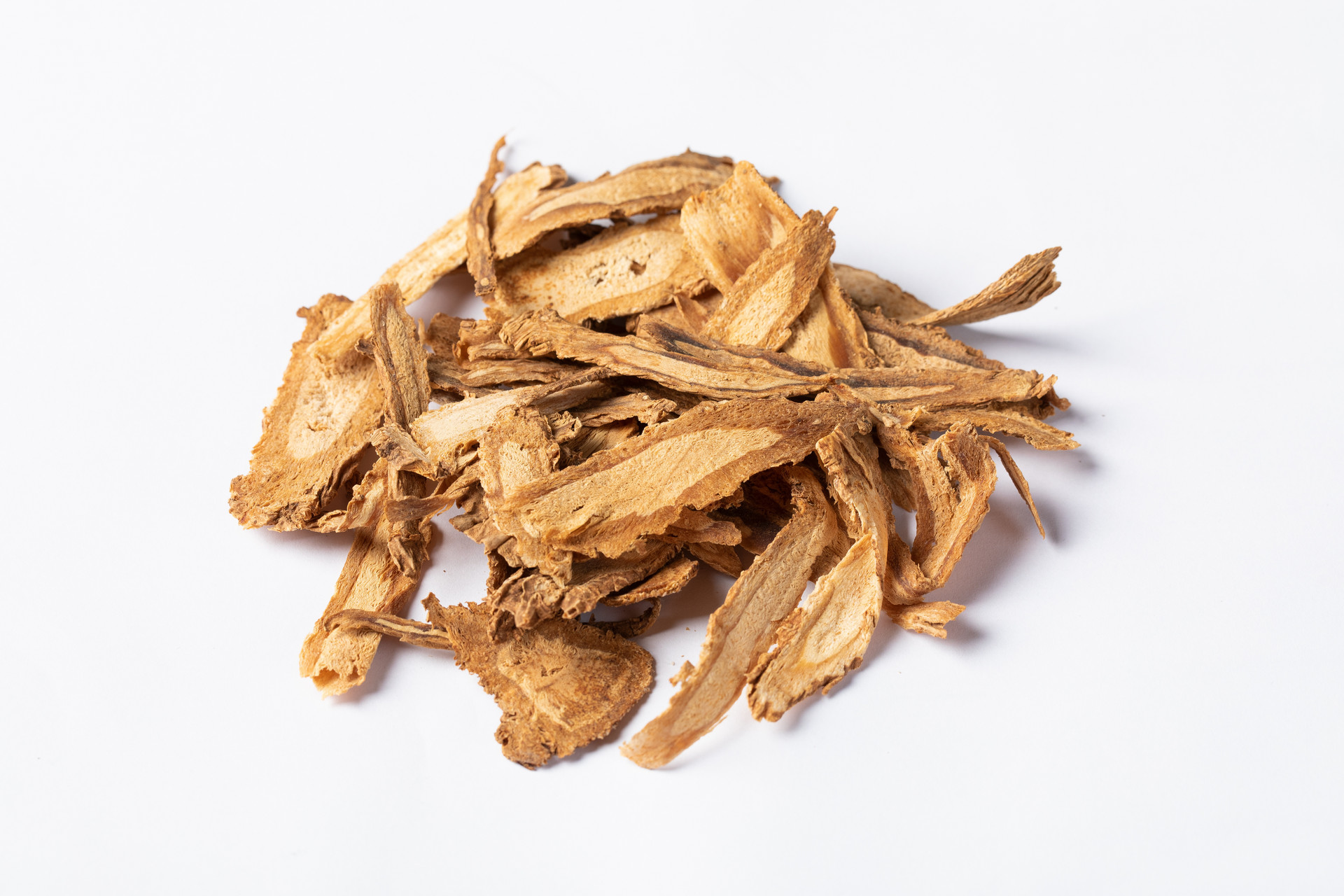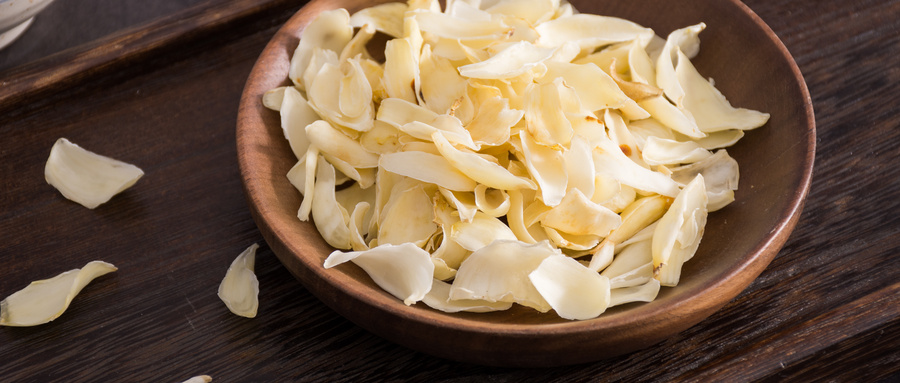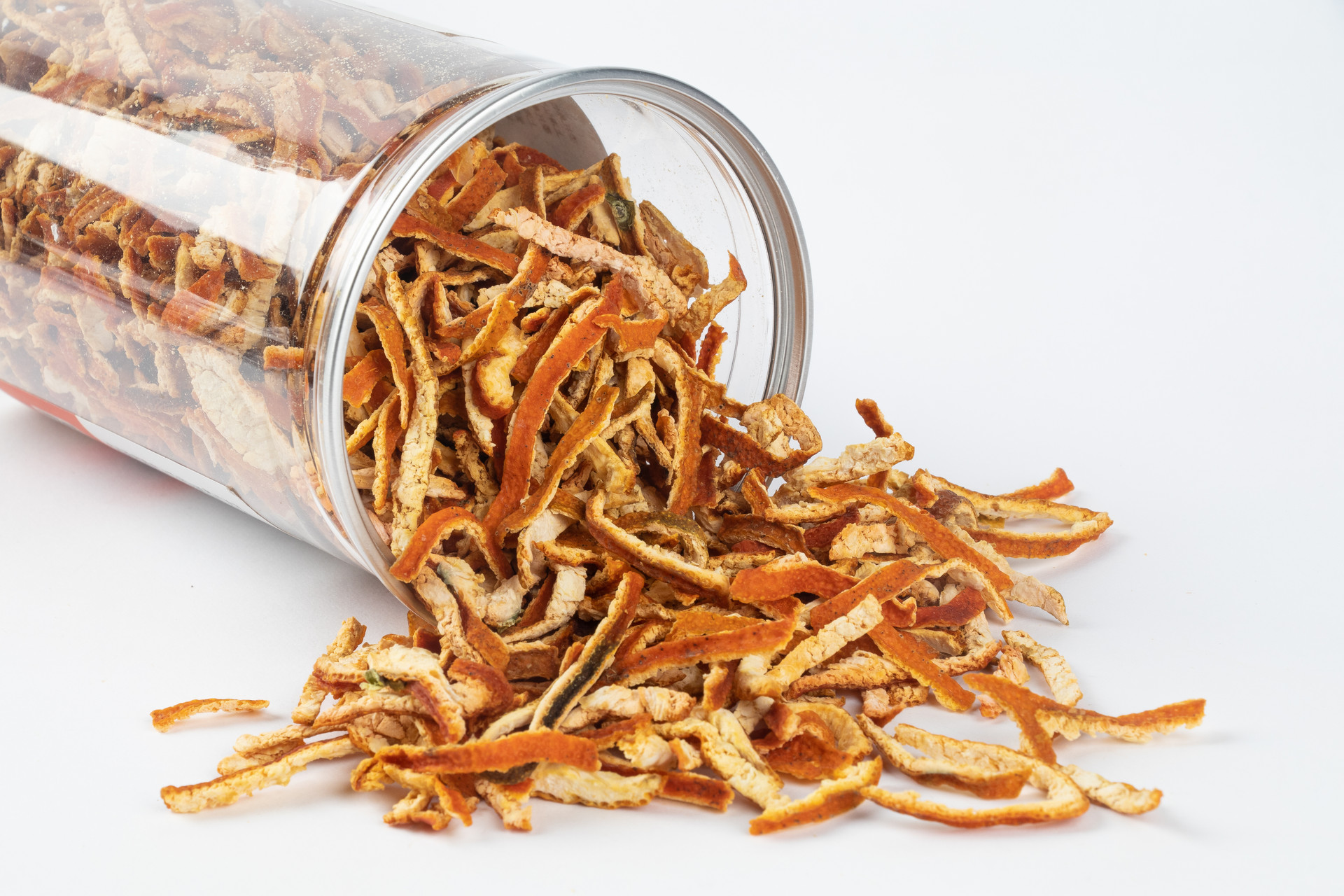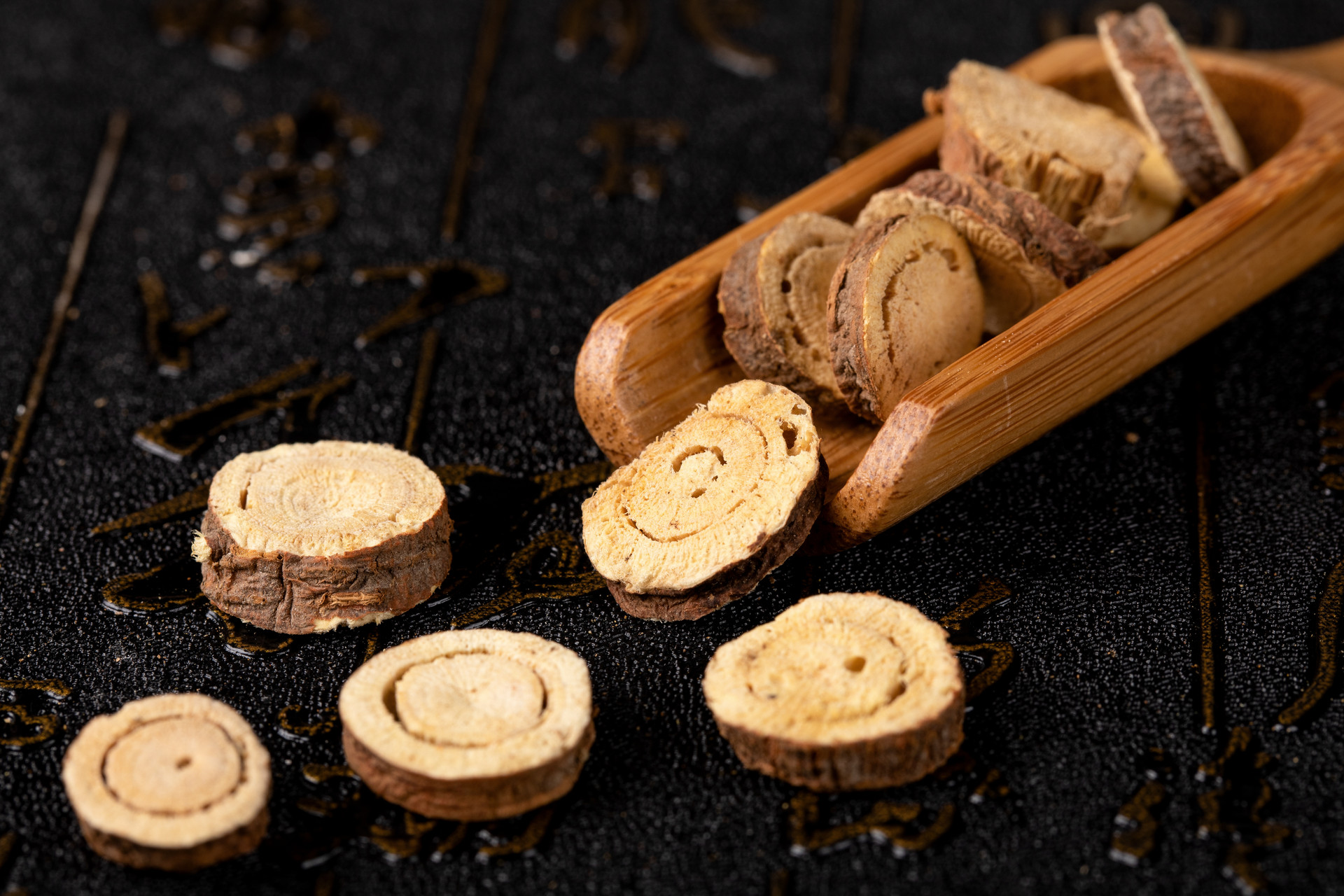Wisteria Cortex, also known as Rou Hong, Zi Jing Mu Pi, and Bai Lin Pi, is recorded in the book "Ri Hua Zi Ben Cao". It is the bark of the plant Cercis chinensis Bge. in the Fabaceae family. The bark is harvested and dried in July-August.
Processing: Take the raw herb, remove impurities, wash, moisten, cut into strips, dry, and sieve to remove debris.
Appearance of prepared slices: It is filamentous. The outer surface is grayish-brown with wrinkles; the inner surface is purplish-brown with fine longitudinal veins. The cut surface is grayish-red, and tiny bright stars can be seen under light. The texture is firm. It has a slight odor and a bitter taste.
Processing effects: Wisteria Cortex has a bitter taste and is neutral in nature. It enters the Liver meridian. It has the functions of promoting blood circulation, diuresis, and detoxification. This herb is commonly used for women with irregular menstruation, abdominal pain due to blood stasis, rheumatic arthralgia, dysuria, sore throat, abscesses, scabies, bruises, and snake or insect bites. Processing the herb makes it clean and facilitates the extraction of its components for formulation.




